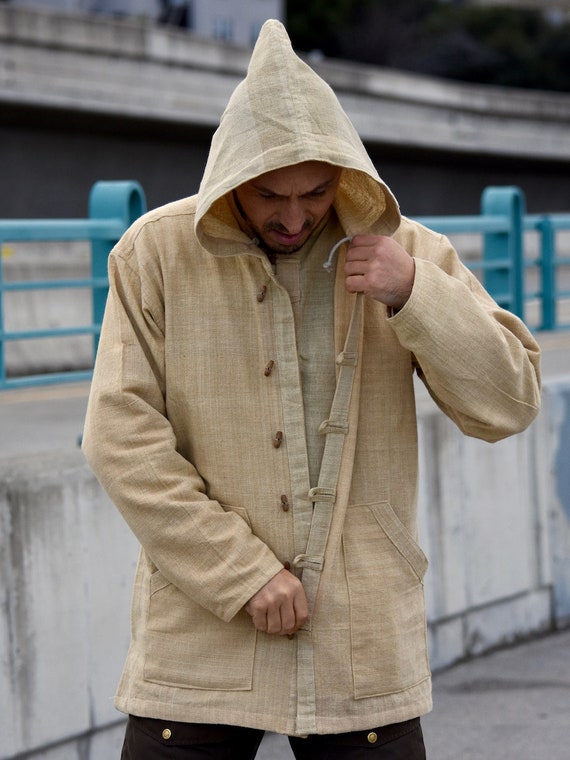Top Reasons On Choosing Hemp Clothing
Wiki Article
What Are The Benefits Of Low Impact Hemp Fibre Clothing That Is Sustainable?
Clothing made from low-impact hemp fiber has numerous environmental advantages compared to other clothing materials. This includes clothing that is made with synthetic fibers or conventional cotton. Hemp clothing provides several key environmental advantages. It grows very quickly and requires less water as well as pesticides. Hemp can thrive in various climates and is adaptable to different soil types, which reduces the need for chemicals used in agriculture.
Hemp usually uses significantly less water compared with conventional cotton. Cotton is renowned for using plenty of water. Hemp is a water-efficient option for the production of clothing.
No Pesticides and Herbicides- Hemp can be grown without the need to use synthetic herbicides or pesticides in most cases, reducing the environmental impacts of chemical agriculture.
Soil Health Hemp cultivation can boost soil health due to the deep roots system which helps prevent compaction and soil erosion. It can also make the soil fertile to plant in the future.
Biodegradability Hemp fibers are biodegradable and they break down over time. They reduce the impact on the environment of textiles. Synthetic fibers, like polyester, can take up to a hundred years before decomposing.
Low carbon footprint - Hemp fibers have a less carbon footprint than synthetic materials. In addition, hemp has the ability to take in carbon dioxide during its growth and act as carbon storage.
Hemp clothing can last for many years. Hemp clothing of high quality will last for a long time. This means that there is less necessity to replace it often and also waste.
Hemp plants have natural resistance to many insects. Chemical pest control is not required.
Hemp is a versatile fabric that can be made into bags, clothes or accessories.
Regenerative agriculture- Certain sustainable farming methods incorporate hemp into regenerative agricultural systems, which aim at restoring and improving ecosystems as well as generating plants. This approach has positive environmental benefits.
It is important to remember that although hemp has many environmental benefits, the overall sustainability of clothing depends on other factors like the dyeing process, transportation and the way in which consumers behave. As with any industry, there can be a variety of production methods and standards. It's important to choose hemp clothing that is sustainable or organic options to ensure the highest environmental benefits. Follow the top helpful hints for hemp clothes for website tips including t shirt hemp, hemp athletic wear, jungmaven clothing, organic hemp fabric, hemp work pants, t shirt hemp, hemp clothing for men, hemp sweater, hemp sweatpants, hemp baja hoodie and more.

What Are The Benefits Of Hemp Clothing? What Are The Functional And Technical Advantages Of Hemp Clothing Over Traditional Fibers?
Hemp clothing has a number of practical and technical advantages over traditional textiles. It's also eco friendly. Here are a few ways in which hemp clothing stands out as a high-performance and eco-friendly choice in terms of moisture wicking and breathability-
Hemp fibers have a high capacity to wick moisture away and are permeable, meaning that hemp clothes are comfortable in all conditions. They help wick moisture away from your body, which will keep you dry and cool in hot weather and reduce the risk of odors and bacteria.
Temperature Regulation
Hemp clothing is extremely thermoregulatory properties. It keeps your body warm in cold weather by trapping heat near to your body. It can also help keep you cool in warm weather by allowing heat and water to be able to escape. The natural thermoregulation process can decrease the frequency of changing clothes.
Durability and longevity-
Hemp is renowned for its strength. Hemp clothing tends to be more durable and resistant wear and tear than other traditional fibers such as cotton. This means that hemp garments are more durable and last for longer. They also can reduce the number of times you need to change them out, which could have an adverse impact on the environmental.
UV Protection
Hemp fibers provide natural UV protection, shielding skin from harmful UV radiation. This benefit is especially useful when doing outdoor sports or activities.
Biodegradability:
Hemp clothing is degraded over time. This property helps reduce the environmental impact of textile waste, in contrast to synthetic fibers that can persist in landfills for extended periods.
Low Environmental Impact
Hemp is usually grown using fewer pesticides, herbicides, and synthetic fertilizers than cotton. Additionally, it uses less water, making it a greener option. The environmental benefits of hemp grown organically are even more pronounced.
Carbon Sequestration
When they grow hemp plants are able to absorb carbon dioxide in the air. This is why hemp can be used as a carbon sink to help reduce greenhouse gas emissions.
Sustainability and Crop rotation
Hemp is easily integrated into crop rotation systems to enhance the overall health of the soil. It also lowers the possibility of soil depletion or the accumulation of disease. This method of sustainable farming helps to reduce the environmental impact.
Versatility:
Hemp fibers are mixed with other substances, such as organic cotton or recycled polyester, to create high-performance and eco-friendly fabric blends. This versatility allows for the development of new, sustainable textile products.
Low Toxicity
Hemp fibers have a low toxicity level and do not require extensive chemical processing to create. This helps reduce the impact of textile manufacturing on the environmental.
The overall sustainability of clothing depends on numerous factors, such as dyeing, transportation, and ethical working practices. For consumers to make sustainable choices, they should seek out clothing brands that focus on the environment, transparent manufacturing and ethical practices. Check out the best see on hemp clothing for website recommendations including jungmaven clothing, hemp shorts mens, hemp tees, hemp tees wholesale, hemp fleece fabric, organic hemp clothing, hemp bathing suit, hemp pants, nomad hemp wear, hemp shirts mens and more.

What are the main differences between hemp and bamboo fibers
There are a variety of differences between hemp and bamboo and bamboo, as well as their distinct characteristics. These are the major differences between bamboo and hemp fibers. Plant Source-
Hemp- Hemp is derived from the hemp stalks. Specifically, the outer basts. Hemp is versatile, fast-growing and was used in the production of numerous products over the years.
Bamboo fibers are produced from bamboo pulp. Bamboo is a grass that grows rapidly. species that is known for its quick renewal and long-term sustainability.
2. Fiber Characteristics-
Hemp- Hemp is known for its durability and strength. They are strong natural fibers that soften and become softer after washing, making them perfect for the production of long-lasting fabrics.
Bamboo- Bamboo fibers are exceptionally soft and silky in texture. They're not as sturdy as hemp fibers, and they can be more delicate, however they are prized because of their softness against the skin.
3. Texture and Feel
Hemp- Hemp has a slightly rough texture, particularly when it is in its natural state. It's comfortable, but its texture is distinct from bamboo.
Bamboo bamboo fabric is smooth silky and incredibly soft. It is often described by its wearers as feeling like a mix of cotton and silk.
4. The ability to breathe and the moisture-wicking
Hemp- Hemp is naturally breathable. Hemp also absorbs moisture. They keep you cool and dry in hot temperatures.
Bamboo is also extremely ventilated, and it also wicks away moisture. They have micro-gaps that enhance their ability to regulate humidity and temperature, ensuring you are at ease in all conditions.
5. Environmental Impact-
Hemp Hemp can be regarded as an eco-friendly fiber because of its high growth rate, low need for water and resistance to pests. These elements reduce the use of herbicides or pesticides. It can also remove carbon dioxide from the air as it grows.
Bamboo is considered to be a sustainable material. It grows quickly, requires minimal water, and is a breeze to cultivate without synthetic pesticides. Moso is one of the most sustainable bamboo varieties.
6. Processing-
Hemp- Hemp fibers require an extensive process to separate the outer bast fibers from the woody core. Processing may include retting or decortication.
Bamboo- Bamboo is typically created by a chemical process called the viscose or rayon-process. Bamboo pulp is degraded using chemicals. If it is not managed properly, this process is harmful to the natural environment. But some bamboo fabric make use of closed loop systems to minimize the amount of waste.
7. Versatility-
Hemp- Hemp can be used to create a range of products, such as clothing papers, textiles and building materials.
Bamboo- Bamboo is primarily used in the production of clothing and textiles. However, it could be used in other products like bed linen and towels.
Summary The two types of bamboo offer unique benefits and are both sustainable. It is dependent on the qualities you want in a product, and how environmentally conscious you are. Check out the best his explanation for blog recommendations including bamboo top, bamboo bed clothes, bamboo childrens clothing, bamboo twirl dress, short sleeve bamboo pajamas, faceplant pajamas, ladies bamboo pants, bamboo sun hoody, bamboo pants, bamboo maternity wear and more.
